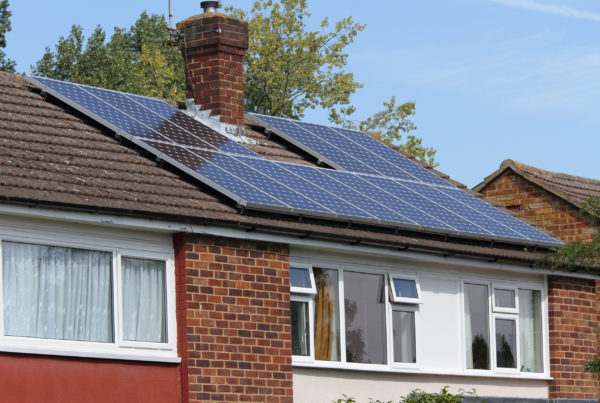
We have all heard the saying “like flushing money down the drain.” Many boiler plants are doing just that, continuously dumping hot water down the drain for boiler blowdown. In addition, cold water is often added to the hot blowdown water to meet sewer temperature requirements.
Blowdown is a necessary part of any boiler operation. Without it, hard water deposits build up and reduce the heat transfer in a boiler, resulting in compromised efficiency and loss of capacity. But boiler blowdown isn’t free. Blowdown water carries thermal energy, which you paid for, along with the suspended mineral content down the drain.
Understanding Boiler Blowdown Heat Recovery
One way to substantially reduce thermal energy loss is to recover the heat from this blowdown water before it is discharged. Boiler blowdown heat recovery can take many forms depending on your specific boiler plant. The simplest and least expensive option is a single heat exchanger that all of the blowdown is run through to preheat the incoming make-up water. More complicated systems can include flash tanks or heated water storage tanks, depending on the facility needs and operating characteristics.
No matter what form your blowdown heat recovery system takes, the savings can be significant. In many cases, up to 90% of the energy used to heat the blowdown water can be recovered as useful heat. These savings result in projects with payback periods that are often less than one year.
How Much Can I Save?
Each boiler plant must be evaluated individually to determine what level of savings can be expected. Plants with hard make-up water, or significant introduction levels of dissolved solids can have significant savings. Also, plants that serve loads requiring direct steam injection into a process also require significant blowdown. Other plants with effective water treatment may save very little.

As an example, we will look at a 50,000 lb/hr, 80% efficient boiler that operates at 150 psig and has a blowdown rate of 5%. By installing a flash tank blowdown heat recovery system that recycles the blowdown flash steam into the make-up water and recovers heat from the blowdown condensate, over 9.5 therms per hour can be saved.
Although 9.5 therms per hours may not seem worth the added cost of the heat recovery system, it can add up over time. At $1.20 per therm, the above system is saving $11.40 per hour. If the above system operated 8,760 hours per year, this would add up to nearly $100,000 per year. All of which had been going down the drain.
Conclusion
If you have a boiler and are dumping your hot blowdown down the drain, a blowdown heat recovery project may provide you with significant savings. In many cases, these savings can range from a few thousand dollars for a typical middle school to hundreds of thousands of dollars for a large process boiler as shown in the example above.



